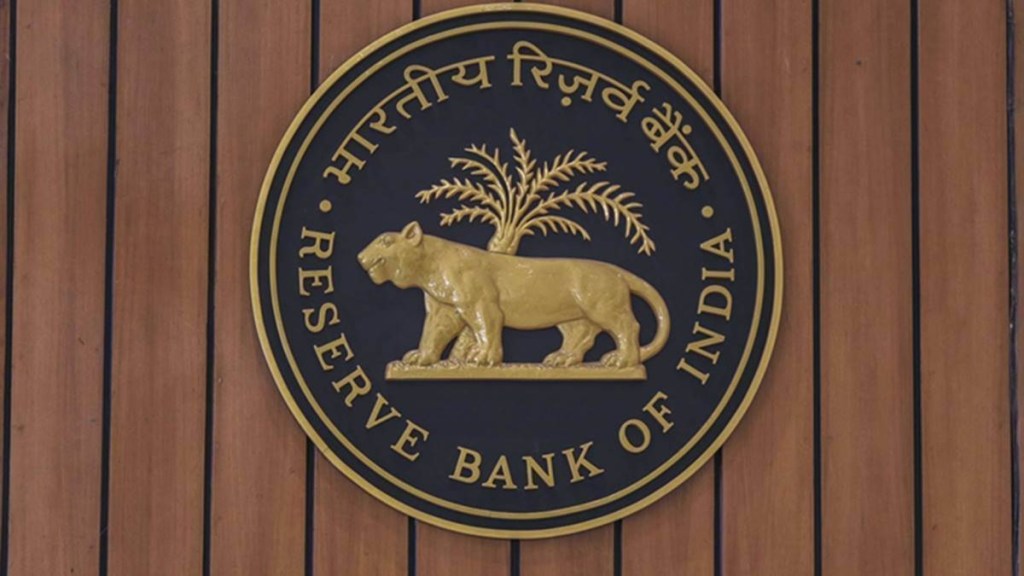The decision of the RBI’s monetary policy committee to hold rates in back-to-back policy meets is encouraging investors to invest in duration schemes since there are indications that rates might have peaked.
Fund managers are of the opinion that up to three years in duration is the most favourable option, while some even recommend longer durations, with the yield curve likely to trend downward.
“Inflows into fixed income, especially duration funds, still leave a lot to be desired because a sizable portion of inflows into 3-year-plus duration came in the last week of March,” said Rajeev Radhakrishnan, head of fixed income at SBI MF.
Open-ended debt schemes recorded net outflows of Rs 53,000 crore during the period of June 2022 – May 2023, after the RBI had started hiking rates last year. This occurred because of the rising interest rate regime over the past year, which proved to be the Achilles’ heel for duration funds as investors parked their money in liquid, overnight, and money market schemes.
March saw a combined Rs 6,500-crore outflow from the low-duration and short-duration categories. Low-duration funds saw Rs 5,463 crore of inflows in April and Rs 1,747 crore in May, while the short-duration category witnessed net inflows of Rs 1,782 crore in April and Rs 4,054 crore in May, show Amfi data.
According to NS Venkatesh, CEO of Amfi, investors are finding comfort in duration funds thanks to the consecutive pauses. Industry experts concur, adding that a duration of between one year and three years is most favourable at present.
“We like the short end of the yield curve, which allows us to earn healthy accruals without taking significant duration risk. Two years is ideal for investors at this juncture,” Kaustubh Gupta, co-head (fixed income), Aditya Birla Sun Life AMC, said.
The 10-year bond yield was trading at 7.01% as of Wednesday. With inflation data bringing some relief, positive real rates could encourage investors.
“We expect average inflation to be 5% for this fiscal year. Given that the entire yield curve is being traded closer to 7.0-7.5%, one could expect real returns to be in range of 200-250 bps,” Gupta said.
Peaking of interest rates is indeed a big positive, say experts, and if the central bank continues to hold rates, it could spell good news for duration funds.
“If we’re in a situation where rates have peaked, it means we could see a real rate that is nominally positive. Any real return in positive territory is an incentive for investors, even if it is on the lower side,” said Dhirendra Kumar, founder and CEO of Value Research.
Others say central banks across the world could pivot over the next six months, as we could be close to peak terminal rates, and the yield curve, in turn, could trend lower over next one year.
“There will be capital gains due to the downward movement in yield. For a portfolio with 7.5% yield-to-maturity and two years of duration, a 50-bps drop in yield would translate to 1% capital gains, as a result of which 8.5% over next one year,” said Deepak Agrawal, CIO (fixed income), Kotak MF.
According to him, notwithstanding the removal of indexation benefit, investors should consider funds with duration of three years and more. “The yield curve is flat and we expect parallel downward movement in yields initially. The yield curve will steepen when central bankers start cutting rates 6-9 months down the line.”


